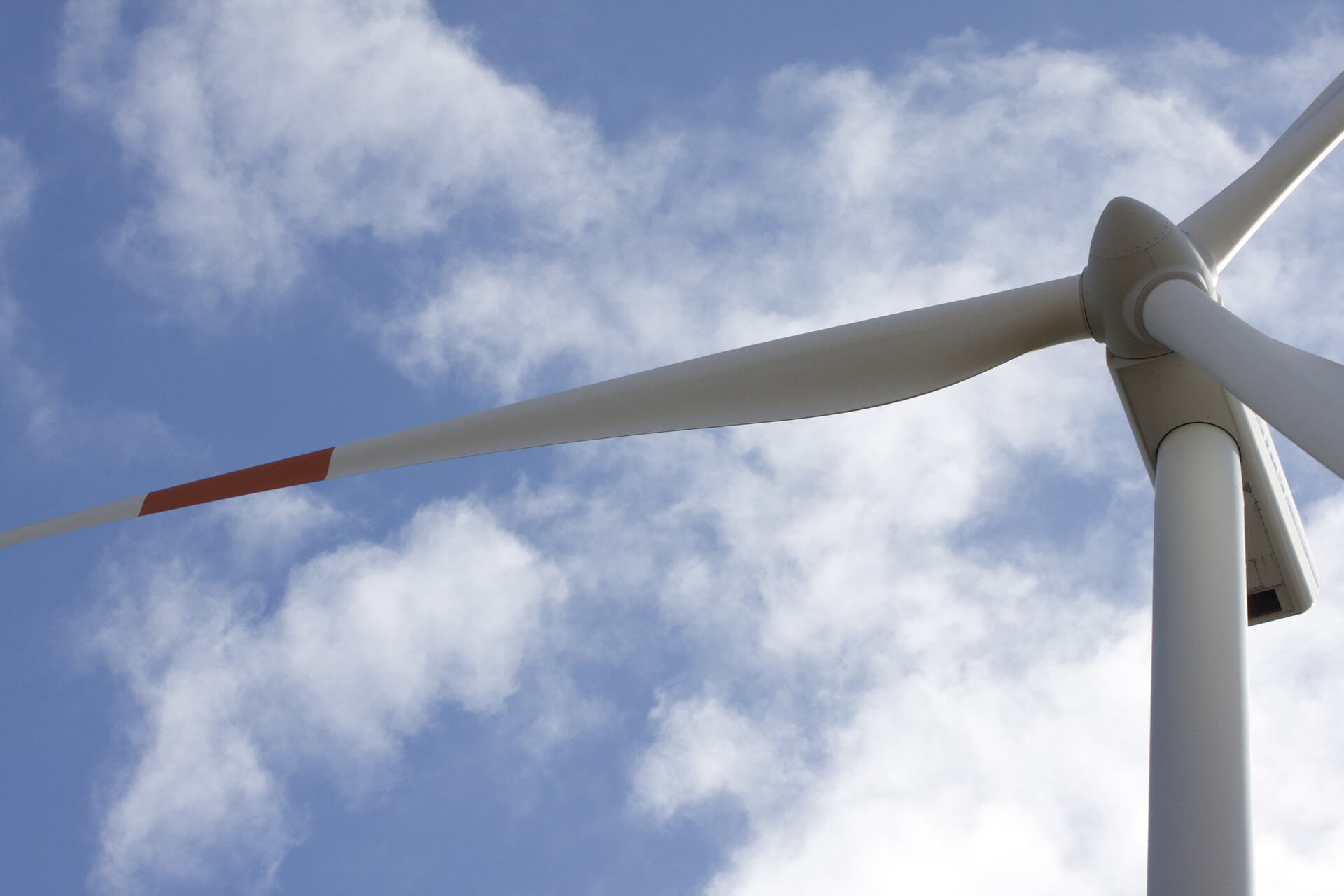Wind parks produced 15 % of Europe’s electricity last year, but more needs to be done to meet the EU’s Green Deal targets
Last year, 15.4 GW of new wind parks were installed in Europe: 11.8 GW of them onshore and 3.6 GW – offshore. A total of 205 GW of wind parks operate in Europe, generating 15 percent of the electricity consumed here last year.
According to WindEurope, the largest number of new wind parks emerged in the United Kingdom, 2.4 GW (onshore and offshore), Spain, 2.3 GW (onshore), Germany, 2.2 GW (onshore and offshore), Sweden, 1.6 GW (onshore), France 1.3 GW (onshore).
In Germany, which has long been the engine of the sector in Europe, wind energy development is currently stalled. From 2014 to 2017, the country installed an average of 4.6 GW of wind power plants annually. By comparison, just 1.1 GW was installed last year – the least amount since 2000. The biggest challenge in this country is the long and complicated permitting process that led to the unsuccessful auctions last year. A total of 3.7 GW of power was auctioned, but only 1.8 GW was allocated.
Interestingly, Ukraine ranks ninth in the top ten European countries with the largest number of new wind parks. Last year, 637 MW of onshore wind parks were installed in this country.
Investments on wind parks amounting to around EUR 19 billion have been announced across Europe with a combined capacity of 11.8 GW. 15 GW of power was distributed in auctions and tenders announced by governments.
Last year, the number of newly installed wind parks was 27 percent higher than in 2018. However, in order to meet the objectives set out in the European Green Deal, the development of wind energy should be further accelerated.
As Giles Dickson, head of WindEurope, points out, given that the goal of generating 50% of the electricity needed by wind parks by 2050, Europe is still not building enough of them. To avoid climate impacts and to meet the targets set in the Green Deal, twice as many new wind parks should be installed in Europe as in 2019, and growth should be recorded both onshore and offshore.
Post a comment
You must be logged in to post a comment.


